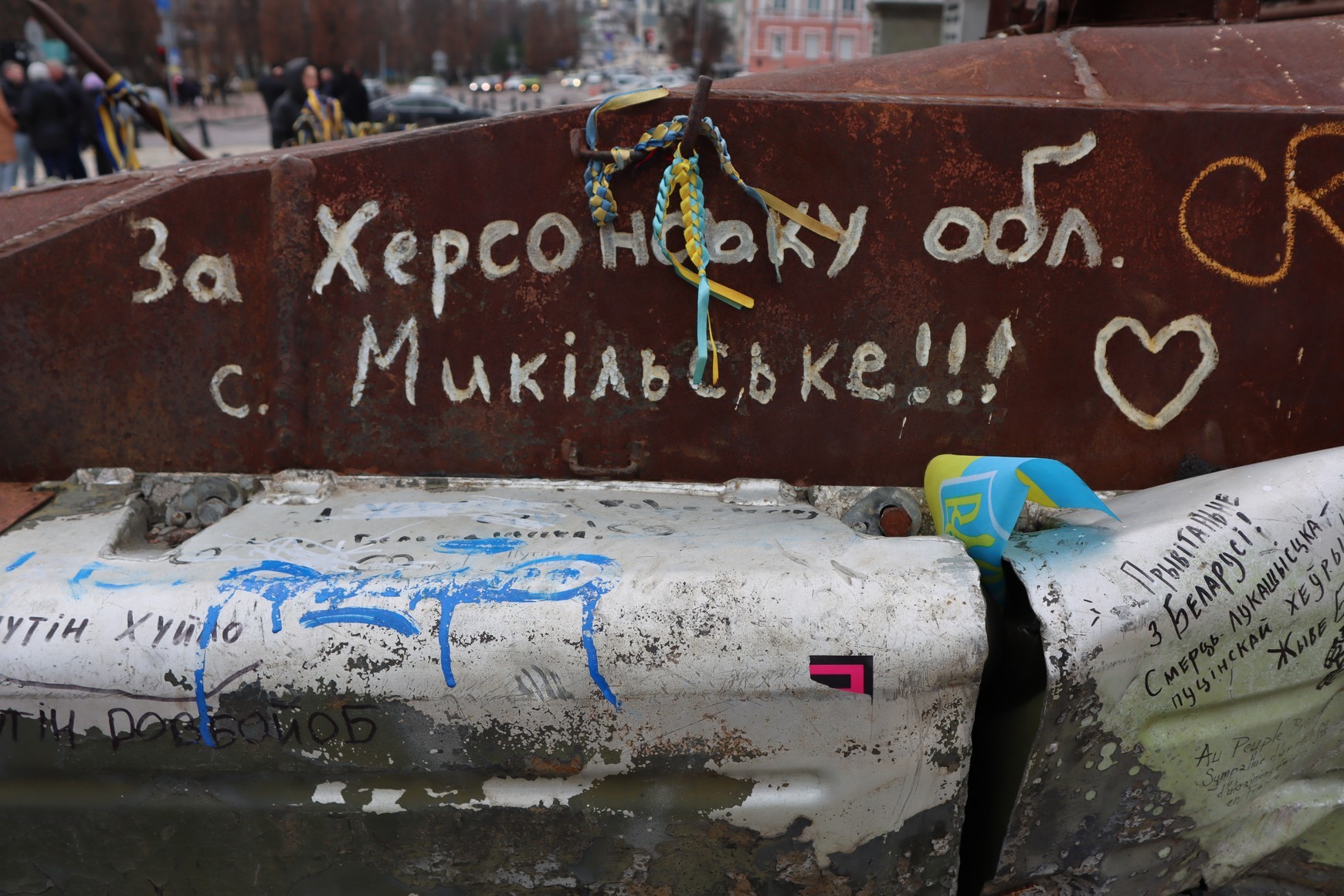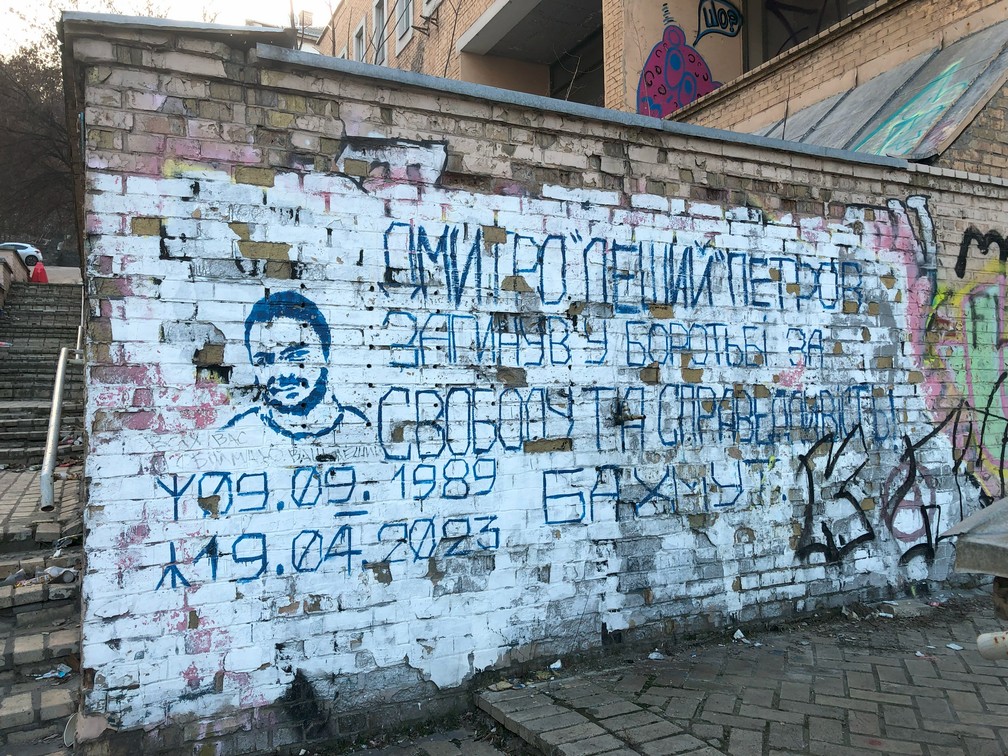The tradition of wall inscriptions in Ukraine has deep historical roots. Even the walls of the 11th-century St. Sophia Cathedral in Kyiv bear messages, ranging from prayers to personal notes and curses. In modern democratic societies, including Ukraine, most graffiti, murals, and inscriptions are related to leisure, culture and art, or civic activism. In peacetime, the political context of such works, if present, is mainly focused on criticism of political forces, election campaigning, social policies, and youth movements. However, war radically transforms the role of graffiti, shifting its function from mere artistic expression to an urgent means of communication, documentation, and psychological resilience. This study focuses specifically on graffiti that has emerged as a result of Russia’s full-scale invasion of Ukraine, and its significance as a historical and cultural phenomenon.
The visual and narrative components of wartime graffiti require a nuanced analysis. While some pieces exhibit artistic mastery, others serve purely as spontaneous expressions of emotion. Wartime graffiti reflects shifting ideological currents: many pieces of graffiti sacralize national symbols and historical figures. Patriotism, national identity, and resistance become dominant themes.
Beyond Ukraine’s urban centers, graffiti takes on different forms in frontline zones, occupied territories, and even beyond the country’s borders. Messages left by civilians, soldiers, and resistance groups in occupied regions serve as acts of defiance, demonstrating that Ukrainian identity persists despite oppression. In areas under Russian occupation, creating such “resistance graffiti” is highly dangerous. Nevertheless, it continues to appear. One such example is the tagging of the Yellow Ribbon—the symbol of Ukrainian resistance—across occupied territories in the Kherson, Zaporizhzhia, Luhansk, and Donetsk regions, as well as Crimea.

There is also an abundance of derogatory graffiti and revenge inscriptions addressed to the Russian occupier and enemy.

Other inscriptions, however, are addressed to fellow citizens or to the authors themselves, and aim to reinforce key principles and values, manifest support for prominent figures or organizations, or to commemorate. Many pieces of graffiti address higher powers, from political leaders and religious figures to abstract ideals of justice and revenge. Some document war crimes, others remember fallen soldiers, while many channel raw emotions such as anger, grief, and determination. Meanwhile, outside Ukraine, murals and graffiti by both foreign and refugee artists express solidarity with the Ukrainian struggle.

The communicative function is central to wartime graffiti. Whether directed at fellow citizens, the enemy, or the international community, these inscriptions serve as morale boosters, calls to action, or expressions of defiance.
Wartime graffiti in Ukraine is more than a temporary phenomenon—it is a historical record in the making. These messages, painted on the walls of devastated cities, reflect a society in turmoil, struggling for survival and asserting its identity. Over time, some works will fade, be erased, or be replaced by new layers of artistic expression. Yet their significance will endure, providing future researchers with a unique perspective on how the war has reshaped Ukrainian culture, identity, and urban spaces.
Text by Anton Hauk; Photo courtesy of Anton Hauk and Yellow Ribbon movement.
Anton Hauk is a historian, anthropologist, and artist from Kyiv, Ukraine, with a PhD in History. His work bridges cultural anthropology and digital art, focusing on emerging media and the representation of sacred space in ancient Slavic traditions. Currently, he explores gaming practices in geopolitical contexts, particularly their cultural role in times of war. Hauk was also awarded a fellowship during which he explored haw toys and military miniatures for boys in the post-Soviet 1990s reflected cultural shifts, Western influences, and emerging ideologies that continue to shape the current geopolitical tensions.

